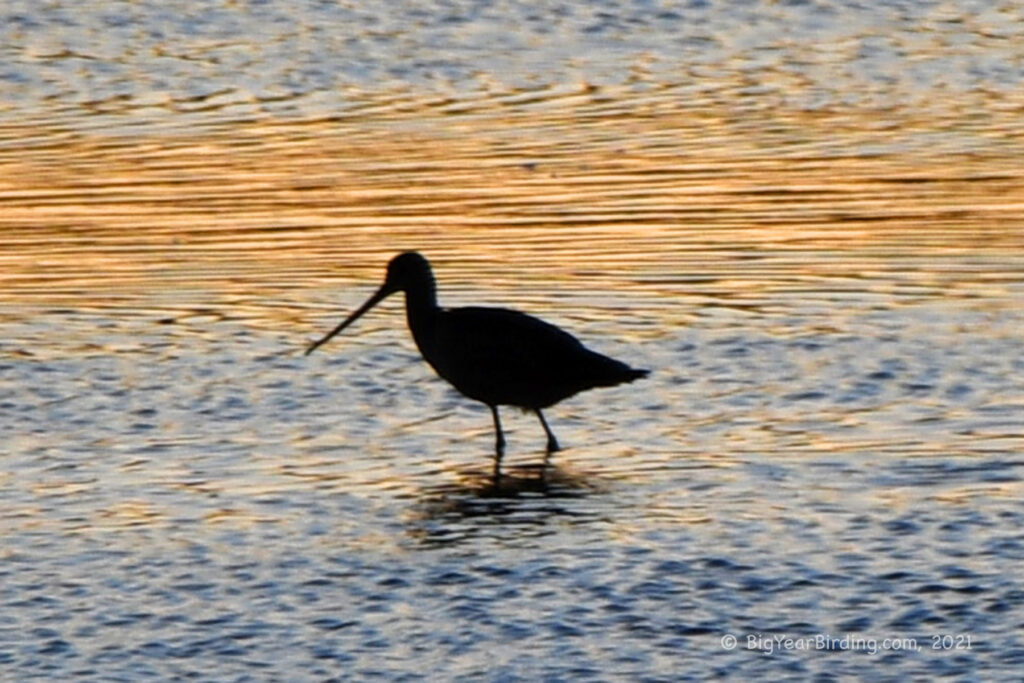
The Marbled Godwit (Limosa fedoa) is a large shorebird found in North America. It is about 18-20 inches in length and has a wingspan of around 30-32 inches. This species is a heavy bird, weighing around 14-18 ounces. The Marbled Godwit has a long, slightly upturned bill that is pinkish-grey in color, which is its most distinctive field mark.

In breeding plumage, the Marbled Godwit has a striking coloration, with cinnamon-brown head, neck, and upperparts, and a mottled chestnut underbelly. Its wings and tail feathers are also cinnamon-brown with black and white bars. During winter, the Marbled Godwit’s plumage becomes paler and less striking, with a more uniform grayish-brown coloration on its upperparts.
The Marbled Godwit has a unique migration pattern among shorebirds, with some individuals making a non-stop flight of over 7,000 miles from their breeding grounds in Alaska and Canada to their wintering grounds in South America. Other birds will migrate in smaller increments and may stopover at staging sites along the way. The Marbled Godwit usually spends its winter months in coastal wetlands, mudflats, and estuaries in Central and South America.
In addition to its unique migration pattern, the Marbled Godwit has several other interesting behaviors. During breeding season, males perform an elaborate courtship display that involves puffing up their chests, extending their wings, and making various vocalizations. Marbled Godwits are also known for their probing feeding behavior, in which they insert their long bills deep into the mud to search for invertebrates such as worms and clams.

The Marbled Godwit is an important species in North American shorebird conservation efforts. Its population has declined in recent years due to habitat loss and degradation, hunting, and disturbance at breeding and wintering sites. Conservation efforts are underway to protect and restore habitat for the Marbled Godwit and other shorebirds, and to reduce hunting and disturbance at key sites.

